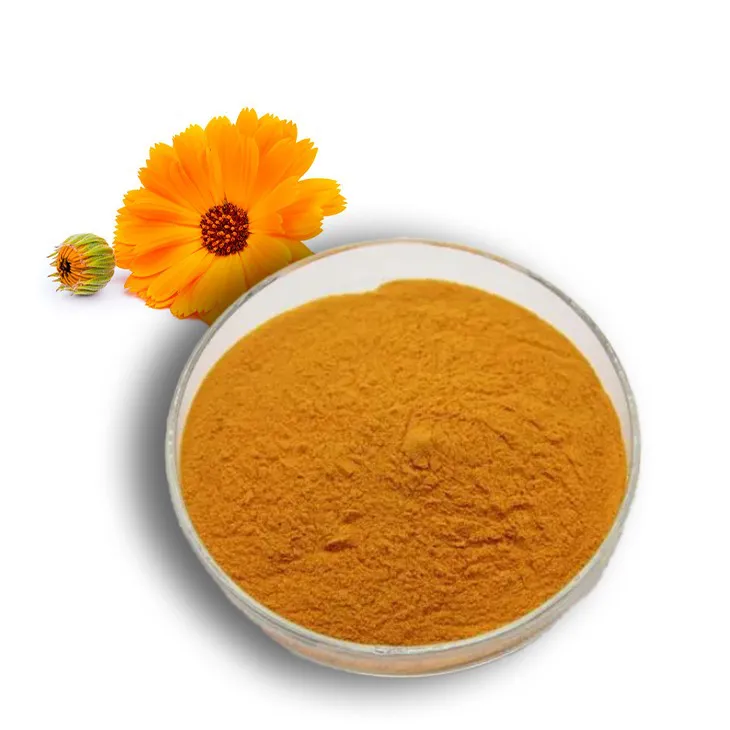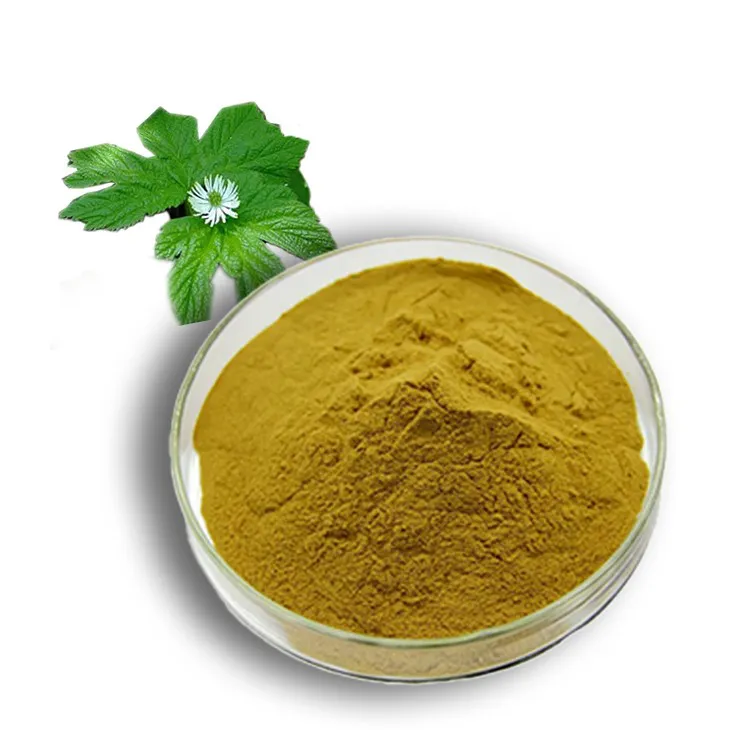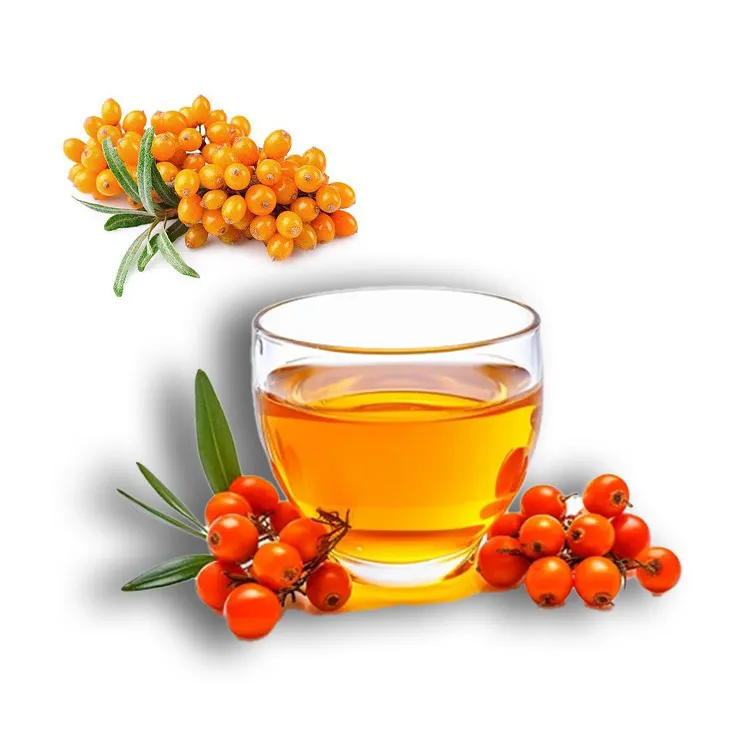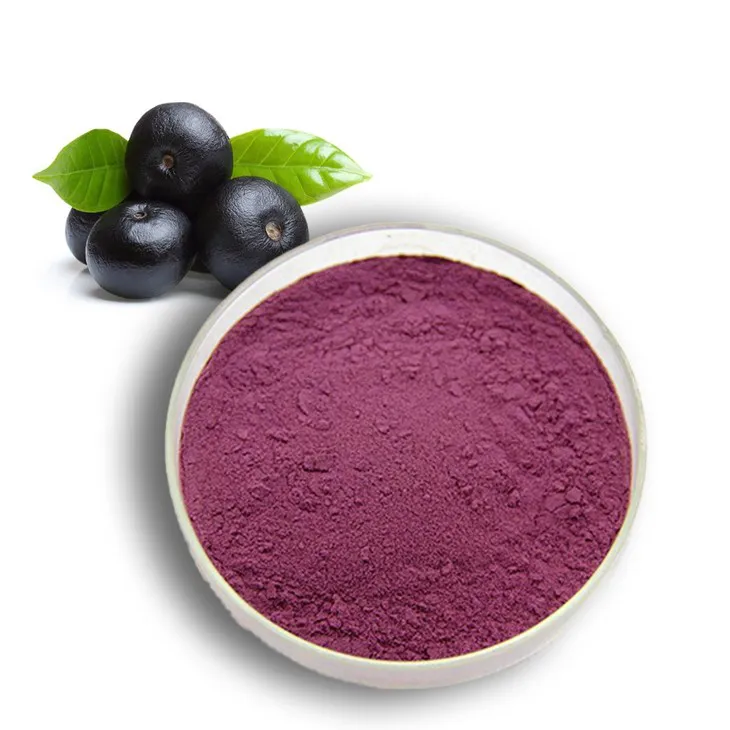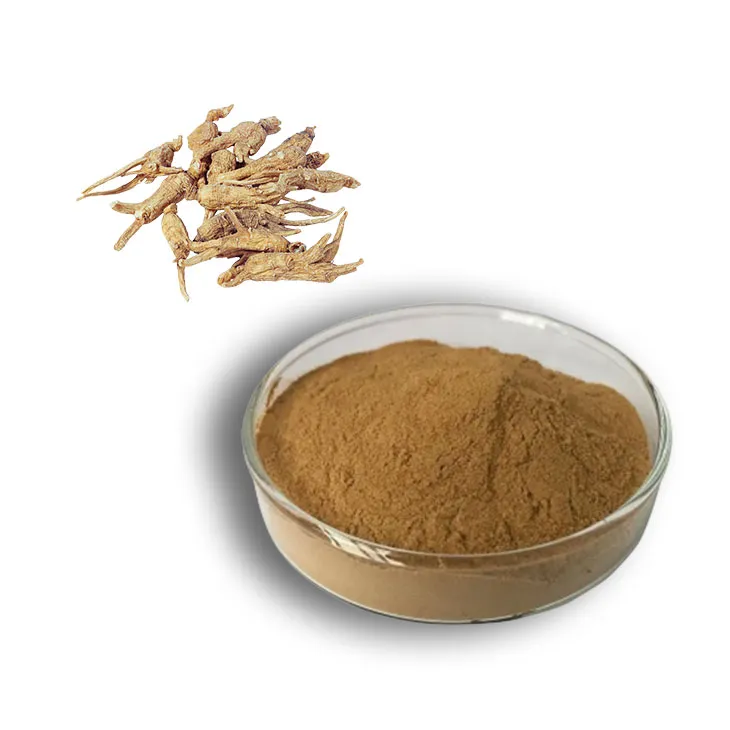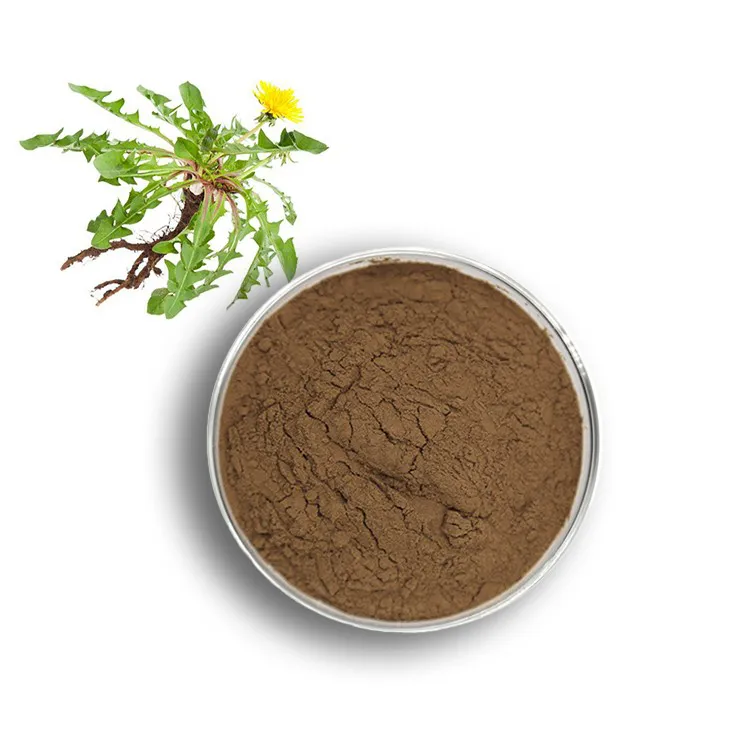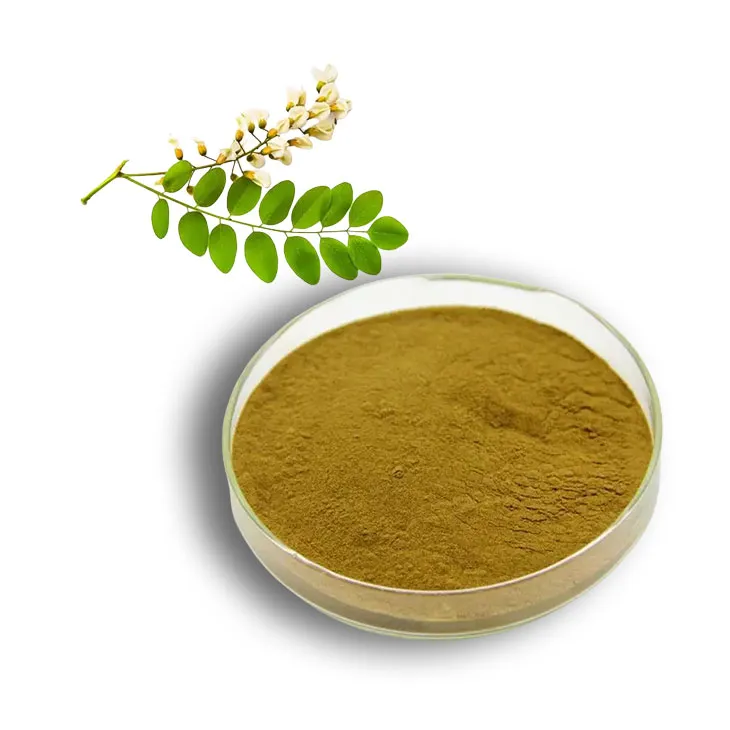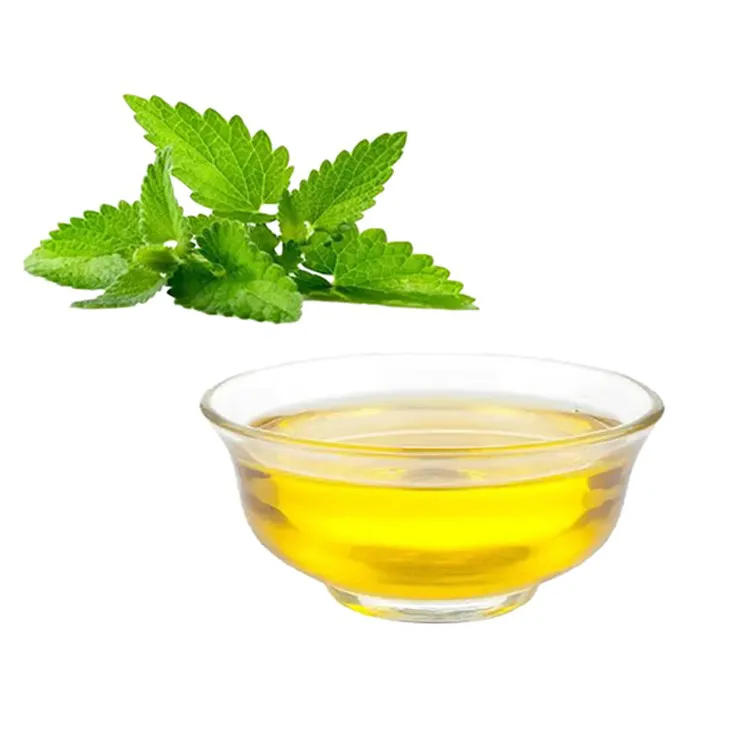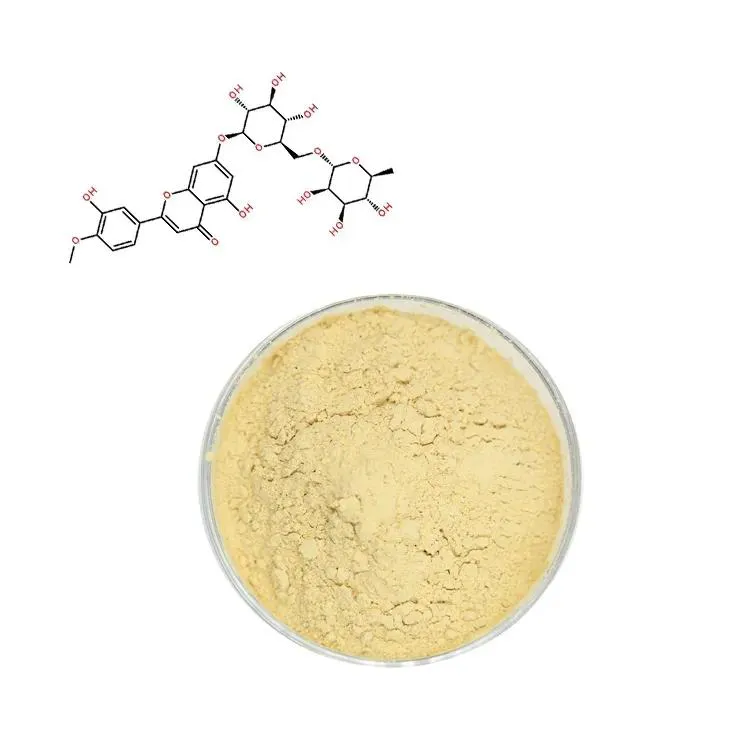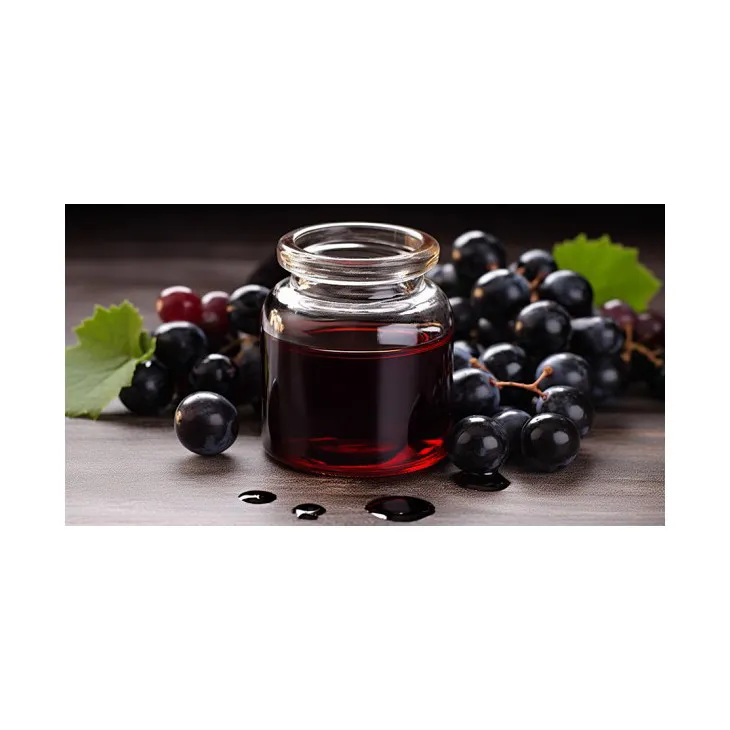- 0086-571-85302990
- sales@greenskybio.com
Ironmaxxing: Is It a Safe Approach to Boost Iron Intake?
2025-10-14
"Ironmaxxing," a trending nutrition strategy inspired by the viral "fibermaxxing" concept, emphasizes increasing iron consumption through iron-rich foods rather than relying on supplements. As iron deficiency remains a common health concern, especially among women, the approach is gaining traction as a food-first way to meet iron needs. However, experts warn that while improving iron intake is vital, caution is necessary to avoid excessive iron consumption, which can lead to potential health risks.
Understanding Ironmaxxing
TikTok creators have popularized recipes featuring iron-rich ingredients like kidney beans, carrots, bell peppers, and ground beef to maximize iron intake naturally. This creative approach encourages pairing iron-rich foods with preparation techniques, such as cooking with cast-iron skillets, which can allow small amounts of iron to leach into meals.
Kaitlin Hippley, MEd, RDN, LD, CDCES—a registered dietitian at University Hospitals in Cleveland—supports the food-based focus of ironmaxxing, saying, “Attempting to increase iron isn’t a bad thing if we’re focusing on food first.”
Iron exists in two forms: heme (from animal sources) and non-heme (from plant sources). Heme iron is absorbed more efficiently by the body, but combining animal-derived heme iron with plant-based non-heme sources can improve the absorption of the latter. Vitamin C can further enhance non-heme iron absorption, making foods like strawberries, tomatoes, broccoli, and bell peppers important additions to iron-rich meals.
Why Boosting Iron Intake Matters
Iron plays a vital role in growth, development, and producing red blood cells, which carry oxygen throughout the body. According to the National Institutes of Health, adult men generally need 8 milligrams (mg) of iron per day, while adult women require between 18 and 27 mg, depending on age and pregnancy status.
Women are particularly at risk for iron deficiency due to factors like heavy menstrual periods, pregnancy, and childbirth. Iron deficiency can lead to anemia, manifesting with symptoms such as fatigue, weakness, memory problems, gastrointestinal issues, and susceptibility to infections. According to a 2023 study, nearly 40% of females aged 12 to 21 experience iron deficiency, highlighting a significant and often overlooked public health issue.
Certain medical conditions, including gastrointestinal disorders, cancer, and heart failure, can also impair the body’s ability to absorb iron properly, further increasing the risk of deficiency. "This indicates a significant public health issue that often goes unrecognized," says Jamie Mok, MS, RD, a registered dietitian and spokesperson for the Academy of Nutrition and Dietetics.
Factors That Affect Iron Absorption
While ironmaxxing promotes consumption of iron-rich foods, the timing and pairing of these foods are critical to optimizing absorption. For instance, calcium and caffeine can block iron uptake, so meals containing iron shouldn’t be consumed alongside milk or coffee. Moderation and balance are key, emphasized Hippley. For example, Greek yogurt with iron-rich pumpkin seeds can still contribute to iron intake when paired with strawberries, which deliver beneficial vitamin C.
"It's going to be impossible to maximize it to the fullest. You have to be realistic," Hippley notes.
Can You Rely on Iron Supplements Instead?
While iron supplements can be necessary for individuals following plant-based diets or those with diagnosed deficiencies, experts urge caution when turning to supplementation. Supplementation should never occur without medical guidance, as excessive iron intake can have serious consequences.
Albert Abayev, RD, a registered clinical dietitian at Cedars-Sinai Center for Weight Management and Metabolic Health, advises testing iron levels before making dietary changes or introducing supplements. “Iron should never be supplemented without checking blood levels. Too much iron can cause serious health issues, so I advise people to get tested and work with a dietitian or doctor.”
Overuse of iron supplements can result in stomach ulcers, constipation, nausea, or decreased absorption of other nutrients like zinc. Severe cases of iron toxicity—often caused by dangerously high doses—can lead to organ damage, coma, or even death. "It’s rare to get too much iron from food alone. But supplements can lead to toxicity, especially without testing. Excess iron can damage organs, so supplementation should always be monitored," Abayev adds.
The Bottom Line
Ironmaxxing can be an effective and safe way to boost iron intake when approached wisely. Incorporating iron-rich foods, preparing meals with techniques that enhance absorption, and pairing non-heme iron with vitamin C sources can help maximize iron consumption. However, consumers should be mindful of their overall dietary balance and avoid turning to iron supplements without consulting healthcare professionals.
For individuals at risk of iron deficiency—such as pregnant women or those with heavy periods—ironmaxxing through thoughtfully prepared meals may provide a natural, sustainable solution. But as always, moderation is essential for maintaining both safety and health.
- ▶ Hesperidin
- ▶ Citrus Bioflavonoids
- ▶ Plant Extract
- ▶ lycopene
- ▶ Diosmin
- ▶ Grape seed extract
- ▶ Sea buckthorn Juice Powder
- ▶ Fruit Juice Powder
- ▶ Hops Extract
- ▶ Artichoke Extract
- ▶ Mushroom extract
- ▶ Astaxanthin
- ▶ Green Tea Extract
- ▶ Curcumin
- ▶ Horse Chestnut Extract
- ▶ Other Product
- ▶ Boswellia Serrata Extract
- ▶ Resveratrol
- ▶ Marigold Extract
- ▶ Grape Leaf Extract
- ▶ New Product
- ▶ Aminolevulinic acid
- ▶ Cranberry Extract
- ▶ Red Yeast Rice
- ▶ Red Wine Extract
-
Calendula Extract
2025-10-14
-
Golden Seal Extract
2025-10-14
-
Sea buckthorn oil
2025-10-14
-
Acai Berry Extract
2025-10-14
-
Angelica sinensis extract
2025-10-14
-
Dandelion Root Extract
2025-10-14
-
Sophora Japonica Flower Extract
2025-10-14
-
Peppermint Oil
2025-10-14
-
Diosmin
2025-10-14
-
Red Wine Extract
2025-10-14











